I Can Feel It: Drivers Spent $2.1 Billion on Unnecessary Octane Last Year, Says AAA

Like something from the Nixon era, the U.S. Southeast is currently in the grips of a gasoline shortage, all thanks to the shutdown of the Houston-to-New York Colonial Pipeline. North Carolina and Virginia have declared a state of emergency as gas pumps dry up.
Even TTAC’s Bozi Tatarevic can’t find premium unleaded to save his life. His WRX’s tank runneth dry.
The sudden gas crisis provides a perfect backdrop for a study by the American Automobile Association showing that 16.5 million Americans gassed up their vehicle last year with octane they didn’t need.
According to the report, 70 percent of U.S. drivers own a vehicle that feeds on regular 87 octane fuel. Only 16 percent own a vehicle that requires high-octane gas, while 14 percent require a mid-range fuel. It’s a fairly low-octane world out there.
Despite this, over the past 12 months U.S. drivers needlessly spent an extra $2.1 billion on premium fuel their vehicles didn’t need, the study shows.
To prove how easily duped we are — or ignorant of our vehicles’ needs, at least — AAA performed a test in conjunction with the Automobile Club of Southern California’s Automotive Research Center. The test saw four, six and eight-cylinder vehicles designed to run on regular fuel tested for horsepower, emissions and mileage while running on 87- and 93-octane gas.
“AAA’s tests reveal that there is no benefit to using premium gasoline in a vehicle that requires regular fuel,” said Megan McKernan, the center’s manager. “Premium gasoline is specifically formulated to be compatible with specific types of engine designs and most vehicles cannot take advantage of the higher octane rating.”
But wait, you say — some new models rated for regular gas gain an advertised power boost when running on premium. True. In that case, the choice is up to you. Spend significantly more for that seven extra horsepower? If there’s cash at hand, why not? If there isn’t, why did you buy the thing?
While some people simply don’t realize that their expensive vehicle takes regular, other drivers have legitimate reasons for buying a tank of premium every now and then, or moving up to mid-range.
AAA performed their tests on three vehicles — a Mazda 3 four-cylinder, Dodge Charger V6 and Toyota Tundra V8. All three were 2016 models. Age is the reason some drivers seek a higher octane, and lack of age explains the lack of noticeable difference in mileage and power in the study’s test vehicles.
After a few years, and maybe a few more, an engine that sees plenty of day-to-day duty will get dirty — especially if you’re not that guy who plans to spend the weekend “with his car.” Many vehicles will develop engine ping as deposits build up. A driver could choose to add engine additives every few months to clear out the build-up, or just take care of the vehicle’s problem at the pump.
Kelley Blue Book, which eats, sleeps and breathes used cars, already advises buyers on this phenomenon. In its advice section, it lays it out:
If your car does not ping on regular, then there is no reason to seek a higher-octane gasoline. The anti-knock level of the regular in this case is adequate for the engine.
But as a car gets older, depending on how the car has been driven and cared for, it may need a higher-octane gasoline anytime between four and six years. That’s because carbon deposits inside the cylinders raise the combustion ratio, which in turn raises the engine’s octane rating. You may notice that your car operated fine on regular fuel when it was new, but pings on regular as it gets older.
So, the higher-octane fuel is not something to pamper a new car with but rather help keep an older car running properly.
As my colleague Bozi searched North Carolina for premium last night, I got annoyed by my Chevy Cruze’s lack of grunt. After a hot summer filled with too much in-town driving (at too low an rpm — it’s an Eco, after all), the poor little 1.4-liter’s innards probably had more gum than the underside of a classroom desk. No, it’s not a new model.
Cursing Canadian taxation and tariffs at the pumps, I gave it what it wanted — 94-octane gas. Only the finest for this off-lease special. Suddenly, I came to a shocking realization: there could actually be 138 horses lurking under the hood. Suddenly, food tasted better and my hair felt fuller … and darker.
While filling up with high-society gas is pointless for most newer, 87-octane rated vehicles (and a good percentage of AAA’s figures probably fit this description), there’s some benefits to be had if you’re slumming around in something old.

More by Steph Willems
Latest Car Reviews
Read moreLatest Product Reviews
Read moreRecent Comments
- Wjtinfwb Ford can produce all the training and instructional videos they want, and issue whatever mandates they can pursuant to state Franchise laws. The dealer principal and staff are the tip of the spear and if they don't give a damn, the training is a waste of time. Where legal, link CSI and feedback scores to allocations and financial incentives (or penalties). I'm very happy with my Ford products (3 at current) as I was with my Jeeps. But the dealer experience is as maddening and off-putting as possible. I refuse now to spend my money at a retailer who treats me and my investment like trash so I now shop for a dealer who does provide professional and courteous service. That led to the Jeep giving way to an Acura, which has not been trouble free but the dealer is at least courteous and responsive. It's the same owner group as the local Ford dealer so it's not the owners DNA, it's how American Honda manages the dealer interface with American Honda's customer. Ford would do well to adopt the same posture. It's their big, blue oval sign that's out front.
- ToolGuy Nice car."I’m still on the fill-up from prior to Christmas 2023."• This is how you save the planet (and teach the oil companies a lesson) with an ICE.
- Scrotie about 4 years ago there was a 1992 oldsmobile toronado which was a travtech-avis pilot car that had the prototype nav system and had a big antenna on the back. it sold quick and id never seen another ever again. i think they wanted like 13500 for it which was steep for an early 90s gm car.
- SunnyGL I helped my friend buy one of these when they came in 2013 (I think). We tried a BMW 535xi, an Audi A6 and then this. He was very swayed by the GS350 and it helped a lot that Lexus knocked about $8k off the MSRP. I guess they wanted to get some out there. He has about 90k on it now and it's been very reliable, but some chump rear-ended it hard when it was only a few years old.From memory, liked the way the Bimmer drove and couldn't fathom why everyone thought Audi interiors were so great at that time - the tester we had was a sea of black.The GS350's mpg is impressive, much better than the '05 G35x I had which could only get about 24mpg highway.
- Theflyersfan Keep the car. It's reliable, hasn't nickeled and dimed you to death, and it looks like you're a homeowner so something with a back seat and a trunk is really helpful! As I've discovered becoming a homeowner with a car with no back seat and a trunk the size of a large cooler, even simple Target or Ikea runs get complicated if you don't ride up with a friend with a larger car. And I wonder if the old VW has now been left in Price Hill with the keys in the ignition and a "Please take me" sign taped to the windshield? The problems it had weren't going to improve with time.



















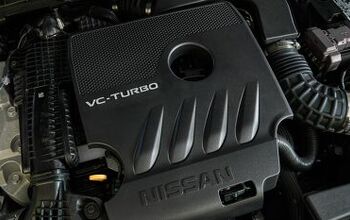
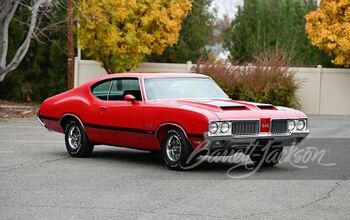


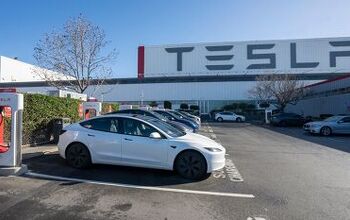
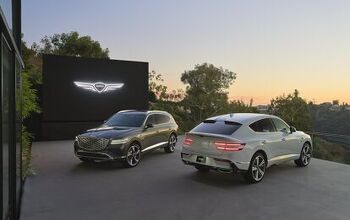
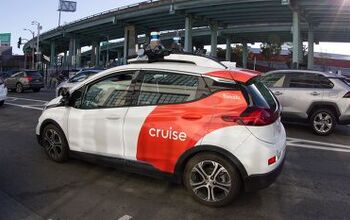

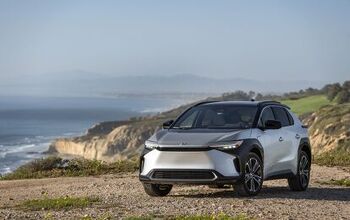
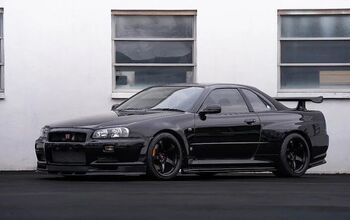
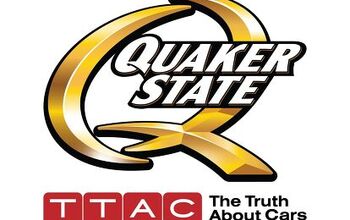


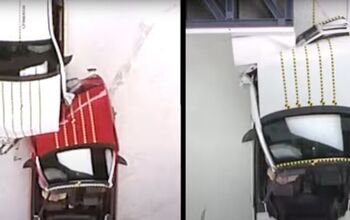

Comments
Join the conversation
"Like something from the Nixon era..." Something only a young ill informed Canadian could write. US gas shortages took place in 1978/79. Nixon resigned in 1975. Jimmy Carter sends his love.
This one has been done to death in Camaro/Caddy forums. I think it depends on two things...the driver and the engine computer. Concerning the GM HFV6, it specs Regular in the manual. An engineer was caught out saying the max rated power was on High test. There is conjecture that the Regular spec is marketing. People who have hooked up monitors have found incidence of spark retard to be much higher with Regular than High test...so this engine, at least, is adjusting in real time....so...and some claim the computer in my model, at least has one map for high test and just pulls back if knock...the later engines supposedly have two maps, one high test and one low. You can run it all day forever on 87, nothing bad will happen. It will run a bit better on High test. You will never notice if you aren't a hard driver. You will notice if you are. The MDX says premium, as does the BMW. Both cars run "meh" on regular, but you only notice under hard acceleration. Again, if you drove gently all the time, you'd be wasting $ on the 91 in these cars too. I've run the Caddy with both, the FE is about the same, and it just runs better on high test...which may also be related to the fact this is a DI engine with high compression.